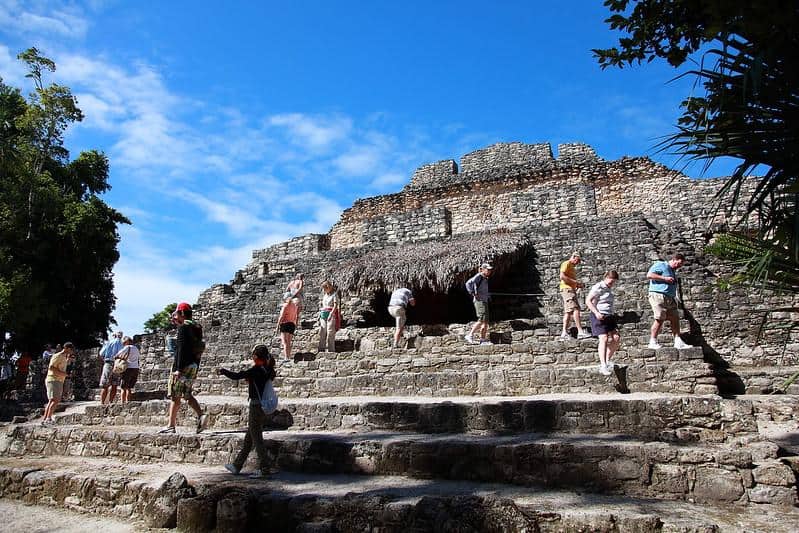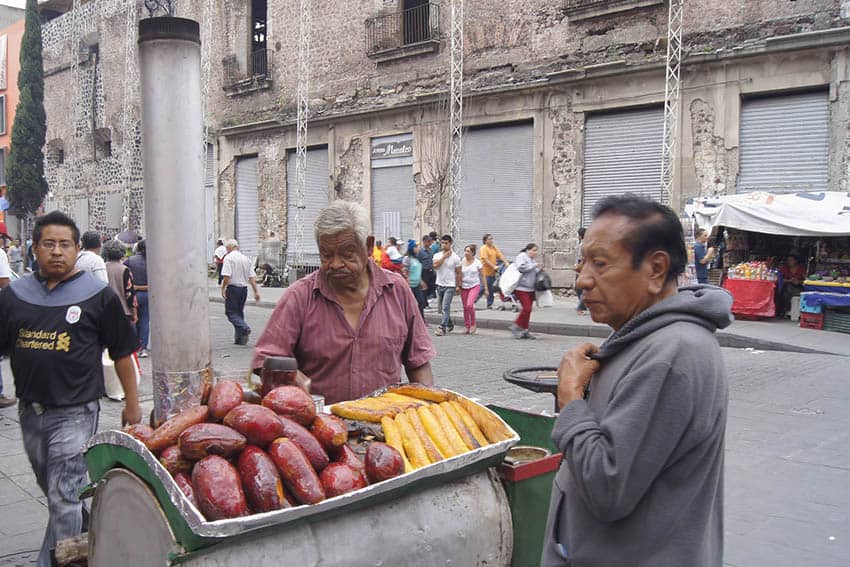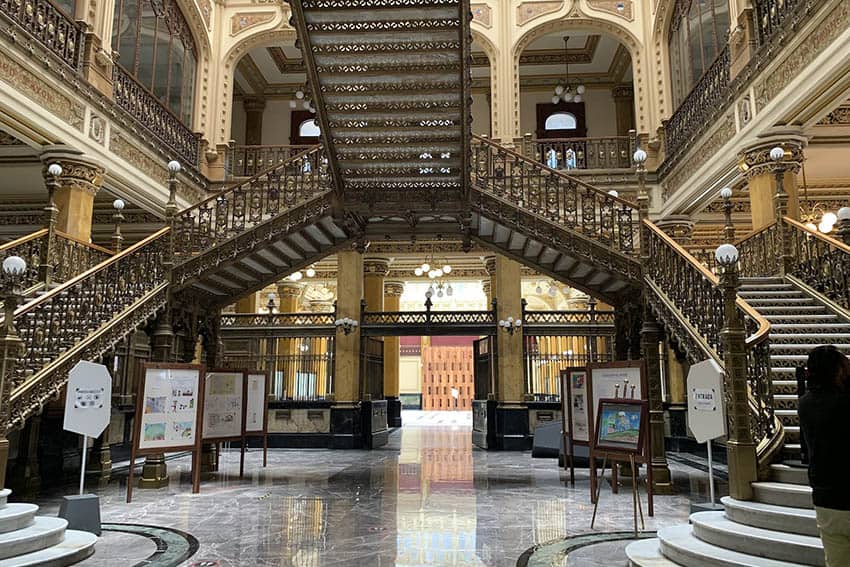
Experiencing Mexico’s Monterrey Valley
By Andy Christian Castillo
An Orange Tree in a Field of Flowers
We were driving our rental car down from the mountains that surround the Monterrey Valley in Mexico when I saw a break in the dense underbrush on the side of a dirt road. Norm pulled the car over and I jumped out to explore. The entrance was just large enough for me to slip through without stabbing myself on tangled thorns.
I stepped over a mangled barbed-wire fence, ducked underneath low hanging branches, and entered an ethereal, world straight out of my imagination.
I found myself standing in a field of white flowers and tall grasses that gently swayed in the warm spring breeze. A slight hill stretched away and down to a distant tree line, which was devoid of underbrush; an orange tree stood by itself in the middle of the space, and a single orange hung from a branch just above my head.
Everything was cast in a golden hue. I called over to Norm and he killed the engine and joined me in the field. Together, we watched the shadows stretch longer and the evening sun as it dipped below the mountains.
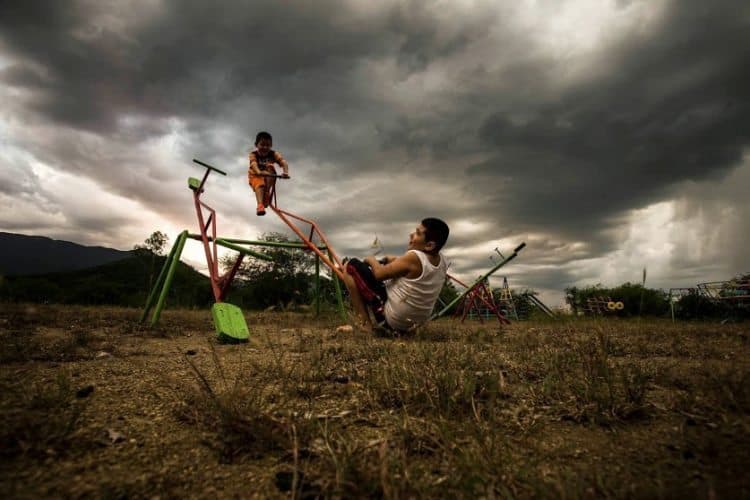
Nostalgic Beauty
In my experience, if you ask most people what Mexico is like, the response you’ll probably hear is that besides the beautiful beaches, Mexico is dirty and stinks. And that it isn’t a good place to travel through.
But what is often overlooked because of these preconceived notions, is the breathtaking natural beauty and the rich culture that saturates every inch of its landscape. From quaint white churches with short steeples, hidden behind clustered orange groves and stretching farmland, to the best tacos you’ll ever eat in your life, Mexico is a trove of hidden treasures waiting to be discovered by the adventurous traveler.
El Rancho Del Rey
I arrive at the white gate of El Rancho Del Rey, a Christian home for troubled boys we are staying at in Santiago, just after dusk. Most of the kids come from poor boroughs in nearby Monterrey. Many of them are abused and exposed to drug violence at a young age.
Because of difficult situations at home, they are like dry sponges that need to be drenched in love and affection. That’s why I’m here. Small cheerful faces greet me as I step down from the van and small arms embrace me with hands reaching for my slung camera.
Last time I was here, a storm swept through the valley and caused a lot of flooding. Because of the topography, storms here are intense and occur suddenly. One minute the sky is blue and cheerful, and the next it looks like hell.
Monterey, Mexico: The City
The boy’s home is about an hour’s drive outside of Monterrey, which is a bustling hub of commerce and activity. On the outskirts of the city, purposeful structures give way to random shack dwellings thrown up by desperate squatters.

The city lies in another valley. The wealthier inhabitants live on flat ground, and poor residents are forced to live on the side of the mountain in homes that sometimes can’t be accessed by road. There is definitely a lot of poverty here. In 2013, over half of the population of Mexico was under the poverty line.
Last year, I went into an unfinished church that was being built by members of its congregation. They carried the materials up the side of the mountain and built it by hand. The pastor of the church said that the downstairs was going to be designated as a drug rehab center.
People like the members of that church have left an impression on me. I know when I’m in Mexico, based of the warmth and hospitality of the people. They invite me in like I’m family.

Monterrey is a far cry from the relatively quiet streets and pervading peace of Santiago’s suburban community. Except for Friday nights, when I lie in bed and hear the bark of wild dogs mix with the pulse of pop music from the pub down the road, the residential area is for the most part, peaceful.
There’s a park with a playground and soccer nets about a stone’s throw from the home and a quaint, traditional village center about a twenty-minute drive away. We spent the afternoon there a few days ago. We bought soda and ice cream and browsed through an art gallery and an old Catholic church.
Inside the Bat Cave

The next day, Javier, one of the dorm parents and a Santiago native, takes us up to a bat cave that’s across the lake.
He said that he used to run up to the top as training when he was an amateur boxer. On the drive over we pass another orphanage where Javier used to work.
He said that he was in charge of 40 kids at once, at El Rancho, he’s only in charge of about 10. About a half-mile out, I spot a hole in the side of one of the mountains.
Four hundred feet up the side is a gaping crevice in the rock. It’s the remnants of an old mining shaft that is now home to bats. We wade across a river, past a no-trespassing sign, and begin to climb.
Halfway up I accidentally grab what Javier calls “metal nettles.” It feels like someone poured acid into my hand. The vegetation here can best be described as wild. It’s a tangled web of thorns and tough bushes.
Despite the pain, I continue climbing over rocks and through the dense underbrush. After about 45 minutes of climbing, we reach the opening.
It’s blocked by a fence with razor wire at the top and another iron fence painted red and curved over at the top. Javier knows a way around. We duck through a hole between the fences and rock, into the opening of the cave.
Inside, there is literally a mountain of bat poop everywhere on the ground. The ceiling is at least 300 feet above us and it feels like I’m wading through the sawdust. The smell of bat urine is everywhere. Deeper inside, water drips from the ceiling and the atmosphere becomes heavy.
I can’t see anything but the occasional drops of water. Above, I can hear bats chattering to each other like aliens. Javier shines his flashlight up into the darkness and pinpricks of reflection gaze creepily back. We venture in deeper as far as we dare, and leave before the sun sets.
Elementary School
On Tuesday we go down to the open-air market underneath an overpass and buy fresh fruit parfaits for a quarter and a half. The market is a tent city that stretches along a river for about a mile and a half. Vendors sell their wares while children and dogs run wild.
You can find anything from used t-shirts to pirated DVD’s. I buy a shot glass and a pair of suede slippers. The cook, Juanita, picks out a few dozen oranges for the boys. There is fruit everywhere in abundance. In my experience, fruit is served with just about every meal.
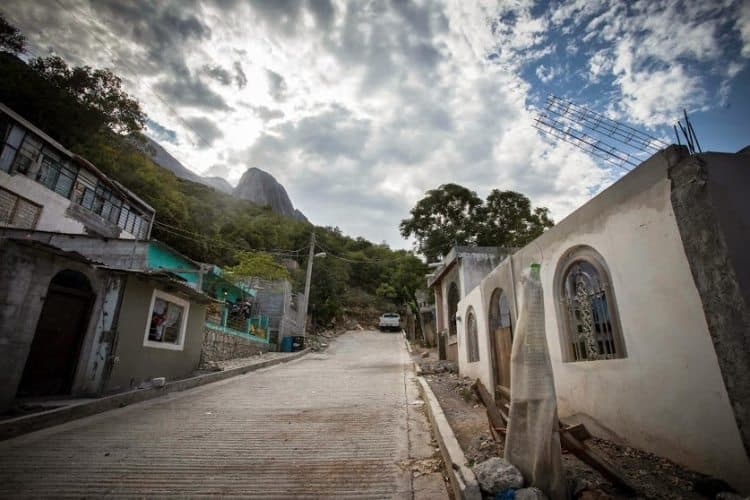
Later, we drop some of the kids off at school. I remember how scared I was the first time that I drove the home’s old 1980’s white Dodge van down the freeway with 20 excited kids in the back. The steering wheel has play in it, and if you don’t get a running start up hills you’ll stall and roll back down.
I learned that the hard way, trying to turn onto the freeway after I took the boys swimming. There aren’t seat belts either, but that’s pretty normal here.
Public transportation is mostly a few cheap buses that run linear routes. Afterward, we stop for Mexican mango ice cream and paletaria. It’s a mix of sweet, hot, and too much salt. Everything is hot in Mexico, even the ice cream. Back at the home, the food is bland. They serve the boys mostly beans and rice. Today, there’s a plate of jalapeños on the counter. Little Christian who’s 11 years old, dares me to eat one whole.
Much to his surprise, I eat it without flinching.
The Best Tacos I’ve Ever Had
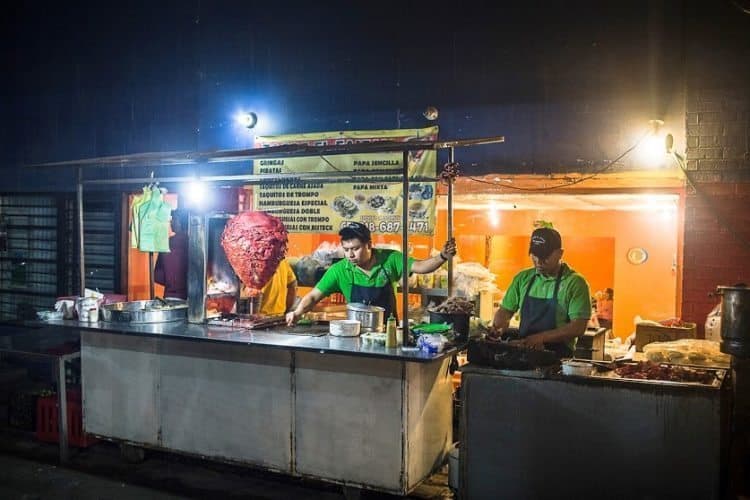
The director took us out to lunch last week at an expensive restaurant down the road. My favorite dish was Migas. Migas is scrambled eggs and corn tortillas served together with pork drippings on top. Tortillas are used instead of utensils.
The food here is good. Sometimes, you’ll stumble onto the best you’ve ever had — like an out-of-the-way taco stand that doesn’t even have a name that we found at 11 pm on the side of the highway. They gave us about 2 pounds of beef, seasoned to perfection and served in a foam to-go box for a little under a few pesos.
I haven’t found anything like it since. Same with the Coca Cola. It comes in old-fashioned glass bottles, with pop-off caps and real sugar. It’s just not the same anywhere else.
Mexico’s Special Memories
It’s those kinds of memories that make Monterrey Mexico such a special place for me. Don’t expect 5-star hotels and pristine cityscapes. Instead, leave your nice clothing at home and get ready for an adventure!
- Chefchaouen, Morocco: The Hashish Farmer’s Home - January 13, 2020
- Moscow: Colorful Architecture Steeped in Military Tradition - December 23, 2019
- Moscow City Day Means Happy Revelers in Russia - September 16, 2019


